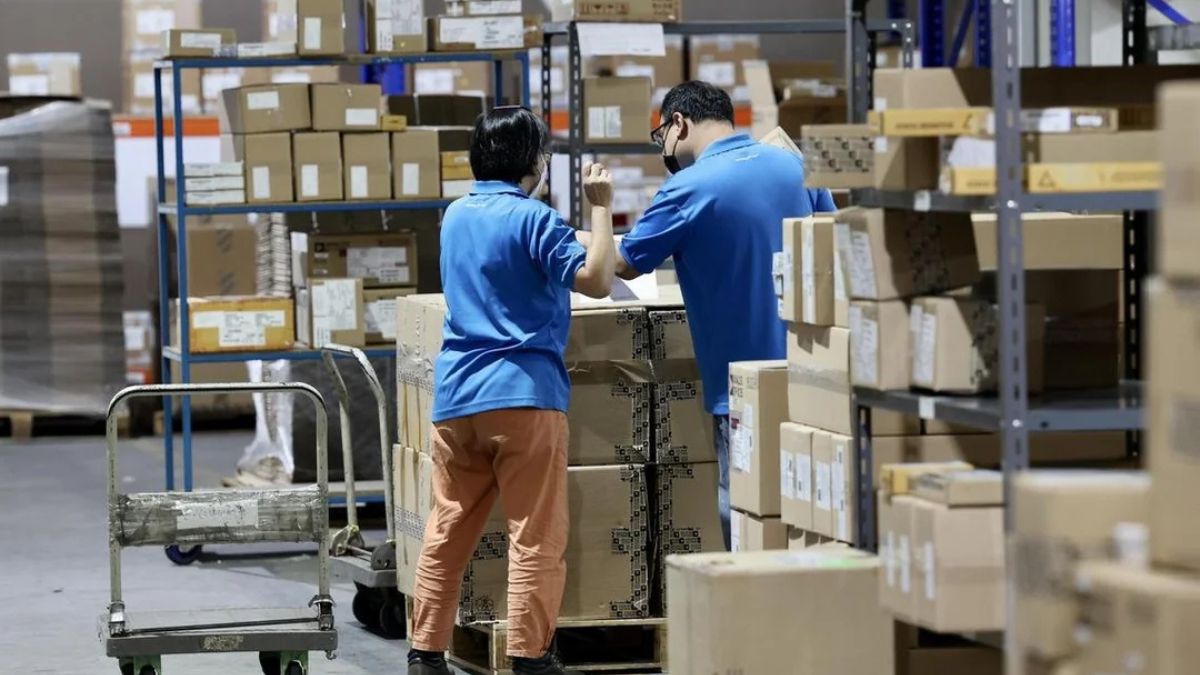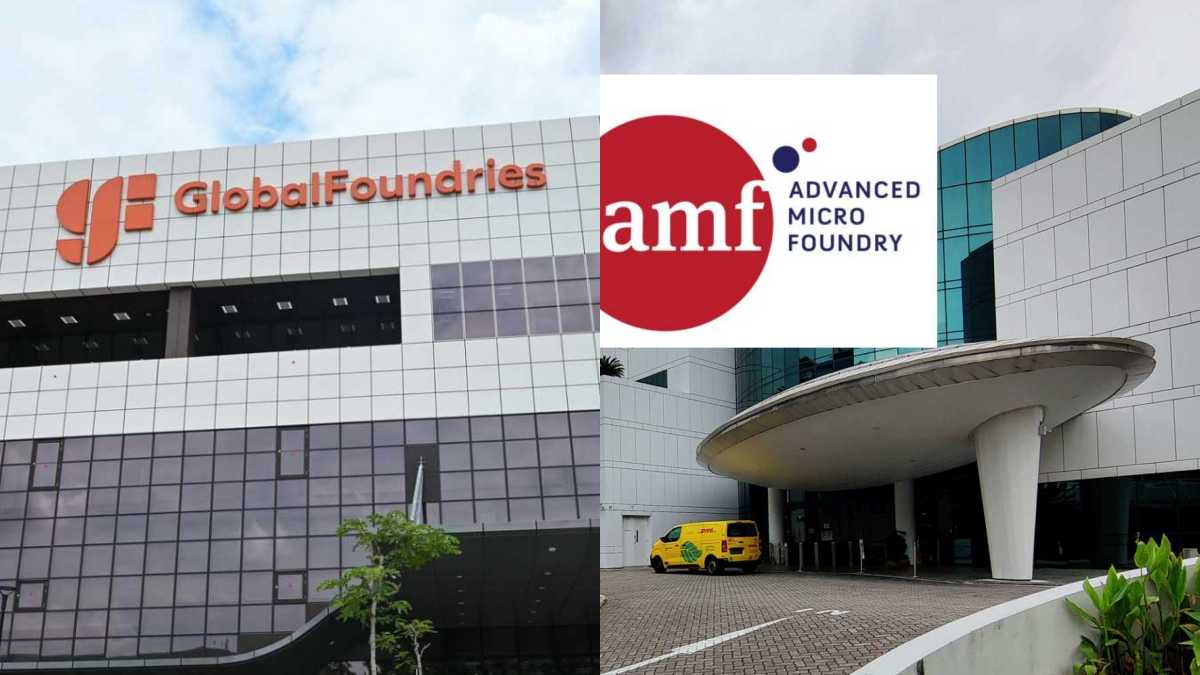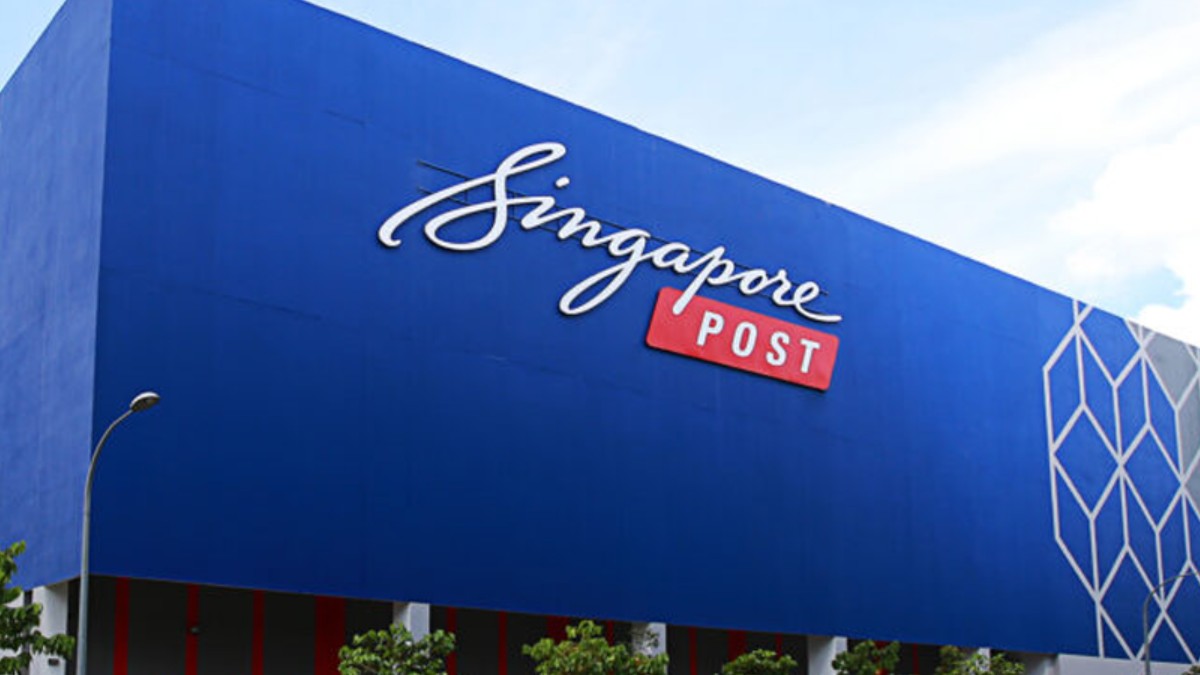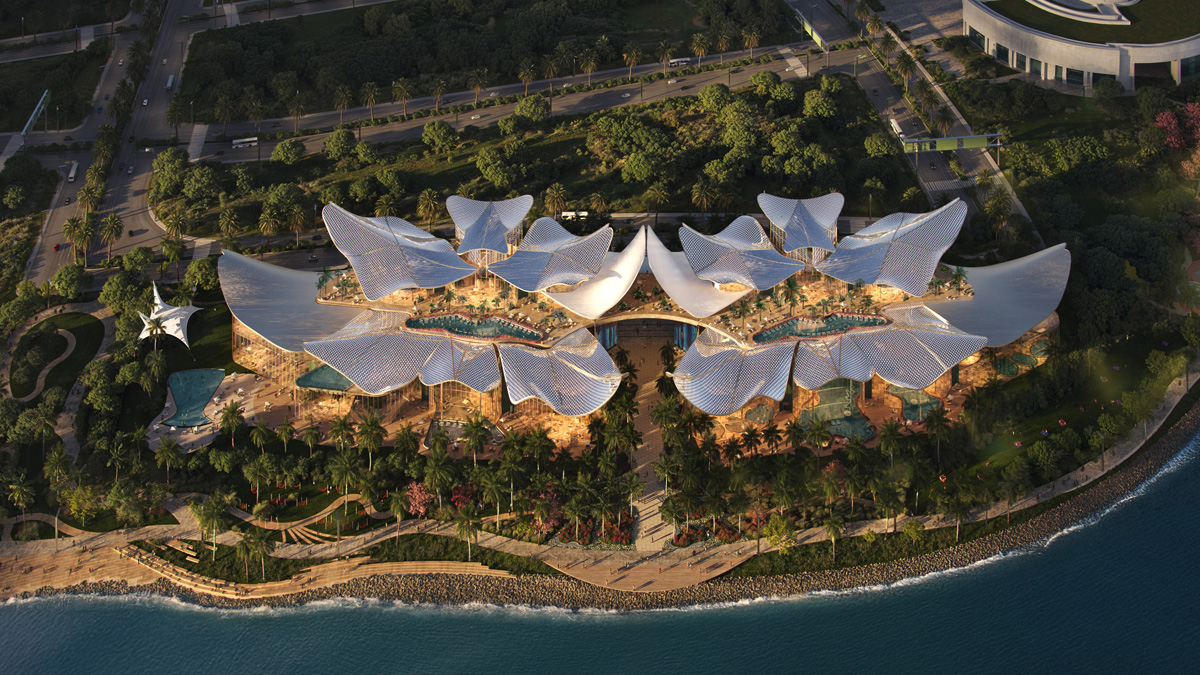HP announces major AI-focused restructuring with up to 6,000 job cuts
HP will cut up to 6,000 jobs by fiscal 2028 as part of a sweeping AI-focused restructuring plan aimed at boosting innovation and customer satisfaction, following mixed fiscal 2025 results and rising cost pressures across the global tech supply chain.

- HP will cut 4,000–6,000 jobs globally by fiscal 2028 as part of a major AI-driven restructuring plan.
- The company reported fiscal 2025 revenue of US$55.3 billion, with earnings per share declining year on year.
- HP expects US$1 billion in run-rate savings by fiscal 2028, alongside US$650 million in restructuring costs.
UNITED STATES: HP announced on 25 November 2025 a sweeping restructuring plan that will cut about 10 per cent of its global workforce as the company accelerates its pivot toward artificial intelligence to improve efficiency and innovation.
The company said it expects to reduce global headcount by between 4,000 and 6,000 employees by the end of fiscal 2028.
According to a company statement, the initiative forms part of its fiscal 2026 plan aimed at strengthening customer satisfaction, product development, and internal productivity through AI adoption.
HP said the restructuring is expected to generate about US$1 billion in gross run-rate savings by fiscal 2028.
It anticipates incurring roughly US$650 million in labour and non-labour restructuring charges, with about US$250 million to be recorded in fiscal 2026.
Chief executive Enrique Lores said teams in product development, internal operations, and customer support would be affected.
He noted that the changes build on earlier reductions, including 1,000–2,000 layoffs carried out in February under a previous restructuring plan.
Lores said, “We expect this initiative will create US$1 billion in gross run rate savings over three years,” adding that HP intends to expand its AI-powered portfolio to improve customer outcomes.
The restructuring may also have implications for HP’s operations in Singapore, though the company has not yet confirmed local impacts.
HP first established a factory in Singapore in 1970, and its presence has since evolved into a strategic innovation hub with research and development across print, personal systems and smart manufacturing.
According to earlier reports from September 2021, HP Singapore employed more than 3,000 staff. Its current headcount has not been disclosed, and HP has not indicated whether the latest global job cuts will affect its Singapore-based teams.
HP reported fiscal 2025 revenue of US$55.3 billion, up 3.2 per cent from the prior year, according to its latest earnings report.
However, fiscal 2025 GAAP diluted net earnings per share fell 5.7 per cent to US$2.65, while non-GAAP diluted net earnings per share declined 9.0 per cent to US$3.12.
Fourth-quarter revenue reached US$14.6 billion, up 4.2 per cent from the year before. Quarterly GAAP diluted net earnings per share were US$0.84, down from US$0.93.
HP returned US$1.9 billion to shareholders in fiscal 2025 through dividends and share repurchases, and it increased its quarterly dividend to US$0.30 per share.
Lores said the company’s sixth consecutive quarter of revenue growth demonstrated progress in “a dynamic environment”, while chief financial officer Karen Parkhill said HP was “taking decisive actions to mitigate recent cost headwinds”.
HP generated US$3.7 billion in net cash from operating activities in fiscal 2025 and US$2.9 billion in free cash flow.
During the fourth quarter, operating cash flow reached US$1.6 billion. The company ended the year with US$3.7 billion in gross cash.
Personal Systems revenue rose 8 per cent year on year in the fourth quarter, with both consumer and commercial units posting growth. Printing revenue fell 4 per cent, reflecting continued weakness in printer hardware volumes.
AI-enabled devices played an increasingly important role in HP’s performance, accounting for more than 30 per cent of shipments in the quarter ended 31 October.
However, analysts warned that rising memory chip prices—driven by surging demand from AI-focused data centres—could pressure profits for PC makers.
Morgan Stanley analysts noted that dynamic random access memory and NAND prices had increased sharply amid strong competition in the server market.
Major tech companies including Google, Microsoft and Amazon have also implemented workforce reductions over the past two years, with many executives citing the need to redirect investment into AI infrastructure.
Apple also announced on 24 November 2025 that it had cut dozens of roles across its global sales organisation in a rare restructuring move. The company said the changes were intended to streamline operations and broaden customer reach.
However, affected employees indicated that the shift reflected a greater reliance on third-party resellers. Staff have been given until 20 January 2026 to secure alternative roles within the company.
Industry analysts say customer support, content moderation, data entry and certain programming tasks are among the roles most affected by automation.
Lores said HP expects cost pressures tied to memory chips to intensify in the second half of fiscal 2026.
He said the company is “taking a prudent approach” to its guidance while qualifying lower-cost suppliers and reducing memory configurations.
For fiscal 2026, HP forecasts adjusted net earnings per share between US$2.90 and US$3.20, below analysts’ expectations.
First-quarter adjusted earnings are expected to fall between US$0.73 and US$0.81. The company anticipates free cash flow of US$2.8–3.0 billion in fiscal 2026.
The company said its outlook reflects added cost pressures from current United States trade-related regulations.
HP’s FY25 fourth-quarter earnings briefing is available via webcast on its investor relations website.











0 Comments